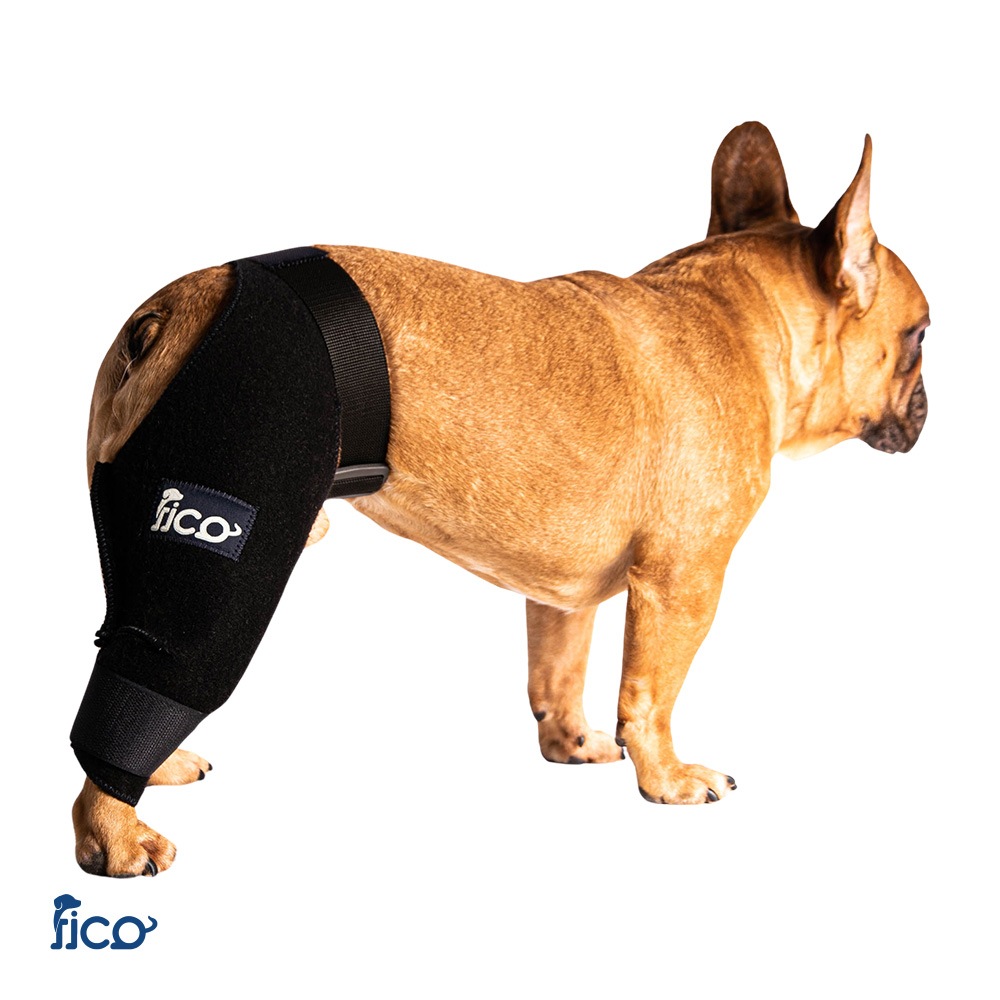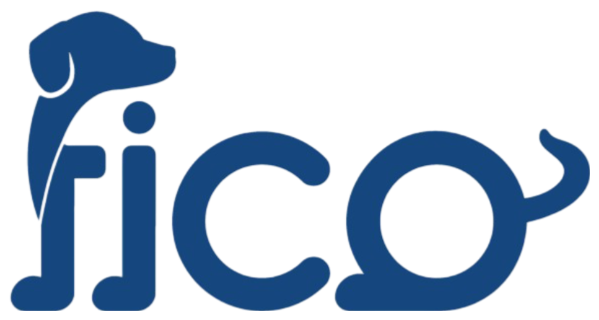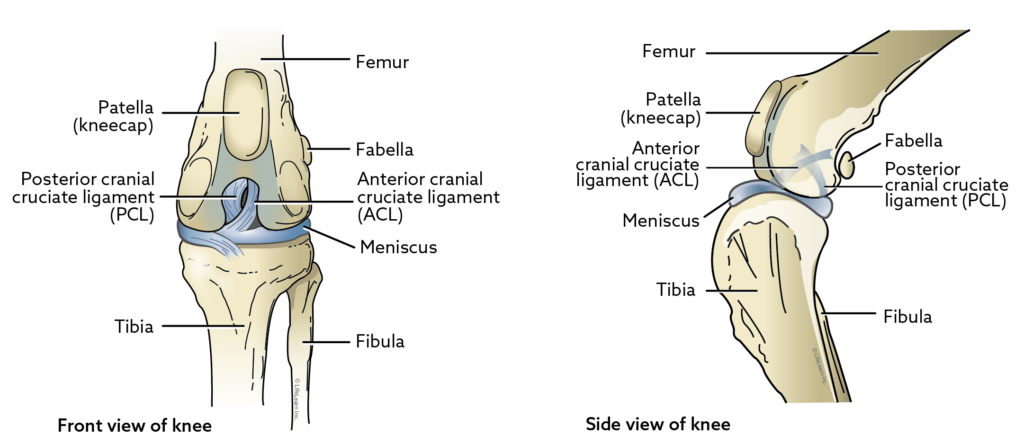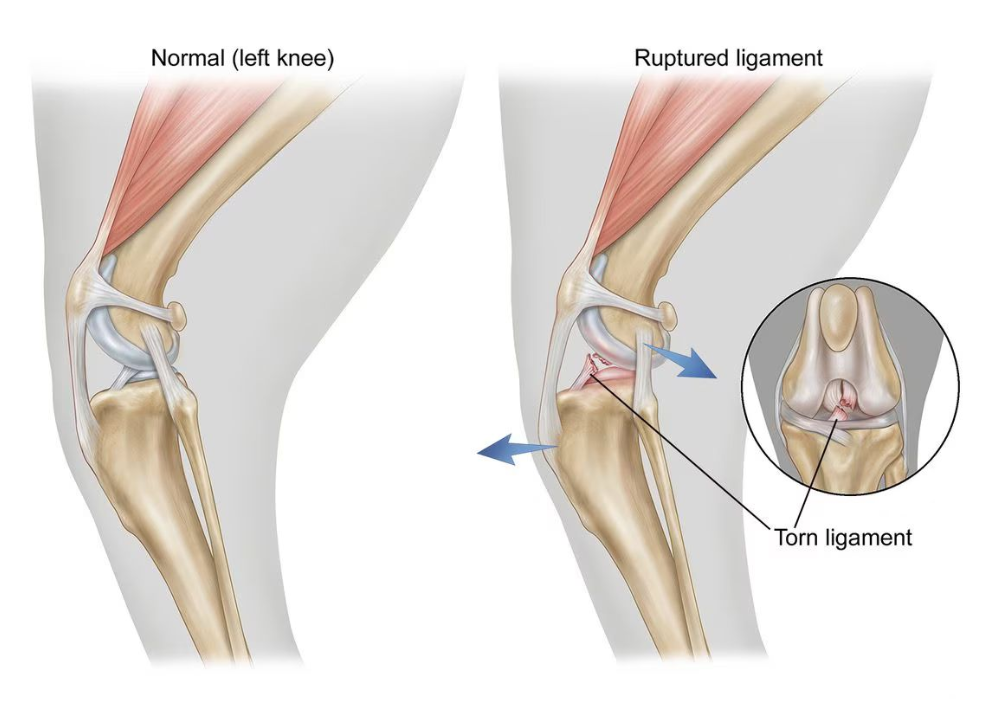What Is a CCL Injury?
CCL injury in dogs refers to damage to the cranial cruciate ligament, a vital ligament in a dog’s knee (stifle) joint. The CCL connects the femur (thigh bone) to the tibia (shin bone), helping to stabilize the knee and prevent abnormal movement. It functions similarly to the ACL in humans, though the terms are not interchangeable dogs have a CCL, not an ACL.
This ligament is essential for proper joint stability and mobility. When the CCL is injured or torn, it can cause pain, lameness, and joint instability, leading to further issues like arthritis if left untreated. Injuries often result from sudden movements or gradual degeneration over time. Recognizing a cranial cruciate ligament dog injury early is key to preventing long-term damage and ensuring your pet’s comfort and health. Treatment may involve surgery, bracing, or lifestyle adjustments depending on severity.
What Causes Cranial Cruciate Ligament Injuries in Dogs?
The causes of CCL tears in dogs can vary, but they generally fall into two main categories: sudden trauma or gradual degeneration. Sudden trauma often occurs during high-impact activities like jumping or abrupt turns, especially in active dogs. However, most cases result from slow degeneration of the ligament over time, making it prone to tearing even with normal movement.
Certain factors increase the risk of a torn cruciate ligament in dogs. Large and giant breeds like Labradors, Rottweilers, and Newfoundlands are more susceptible due to their size. Overweight dogs also face higher risks because of the added stress on their joints. Age is another major contributor, older dogs experience natural wear and tear of the ligament. Activity level matters too; both overly active and sedentary dogs can be at risk due to strain or weakened support muscles.
Signs and Symptoms of a CCL Tear in Dogs
According to Dr. Gleason, One of the most common signs of a cruciate ligament injury in dogs is sudden or persistent limping in the back leg. You may notice your dog avoiding weight on one hind leg or showing clear signs of lameness, especially after exercise. Dogs with a CCL tear often struggle to rise from a lying position or show hesitation when jumping onto furniture or into cars.
Swelling around the knee joint and stiffness after rest are also frequent symptoms. Some dogs may have difficulty extending or bending the leg normally. Behaviourally, you might see your dog become less active, avoiding play or long walks they once enjoyed. These subtle signs of a cruciate ligament injury in dogs can progress over time, making early detection crucial. If you observe these symptoms, it’s best to consult your vet for a proper diagnosis and treatment plan.
How Vets Diagnose a Torn CCL in Dogs
The diagnosis of a dog cruciate injury starts with a thorough physical examination and gait analysis. Vets observe how the dog walks and bears weight on the affected leg. Two key tests (the tibial compression test and the drawer test) are used to assess joint stability. In the tibial compression test, the vet checks for abnormal movement when pressure is applied to the tibia. The drawer test involves manipulating the knee joint to detect instability caused by a torn CCL. Imaging, such as X-rays, helps rule out fractures and detect joint swelling or arthritis. In some cases, advanced diagnostics like MRI may be used for a more detailed view.
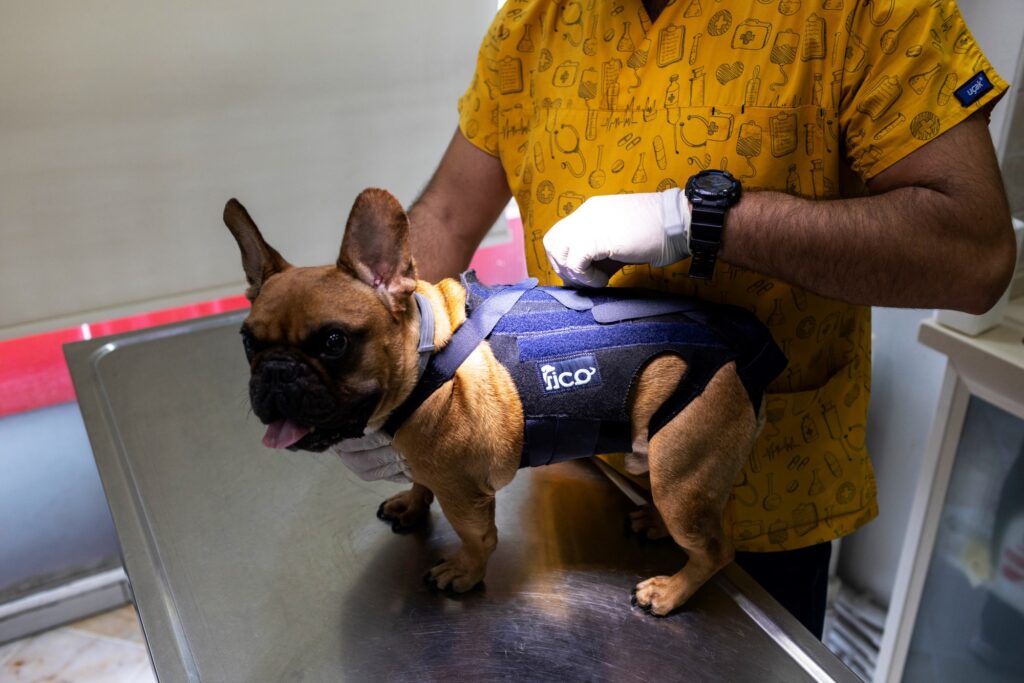
Non-Surgical Management Options for CCL Injuries
When it comes to conservative treatment for a dog CCL injury, non-surgical approaches can be effective, especially for small to medium-sized dogs or those with partial tears. While surgery is often recommended for complete tears, non-surgical options can help reduce pain, improve mobility, and support long-term joint health. Here are some of the most effective non-surgical CCL treatments:
Maintaining a healthy weight is crucial for dogs with CCL injuries. Excess weight puts added strain on the knee joint, worsening the damage and slowing down recovery. Vets often recommend a controlled diet and low-impact exercise to help shed extra pounds. Rest is equally important, limiting activity for at least 6–8 weeks allows the injured ligament to heal. Short, controlled leash walks and restricted playtime help prevent further damage during the recovery phase.
Physical therapy plays a key role in strengthening the muscles around the knee joint, improving stability, and restoring mobility. Under the guidance of a professional, therapies such as hydrotherapy (swimming or underwater treadmill), massage, and targeted exercises can help reduce stiffness and increase flexibility. Laser therapy and acupuncture are also sometimes used to promote healing and manage pain.
Orthopedic braces, such as those from Fico, are designed to provide external support to the knee joint, reducing strain on the injured ligament. A high-quality knee brace helps stabilize the joint, allowing the dog to bear weight more comfortably and preventing further injury. Fico braces are specially designed to fit snugly and support the natural movement of the dog’s knee, making them an excellent option for both recovery and long-term joint health.
Managing pain is critical for a dog’s comfort and recovery. Non-steroidal anti-inflammatory drugs (NSAIDs) are commonly prescribed to reduce swelling and alleviate discomfort. Supplements like glucosamine and chondroitin can also support joint health by improving cartilage function and reducing inflammation. In some cases, vets may recommend additional pain relief options, such as injections or CBD-based products, to enhance comfort during the healing process.
Conservative treatment may not work for every dog, but when combined with proper care and consistent monitoring, it can provide significant relief and improved quality of life.
Surgical Treatment Options for CCL Injuries in Dogs
When conservative treatments aren’t enough, dog cruciate ligament surgery options offer effective solutions to restore joint stability and mobility. The three most common surgical techniques are TPLO, TTA, and the Lateral Suture Technique.
TPLO (Tibial Plateau Levelling Osteotomy)
TPLO surgery involves cutting and repositioning the tibial plateau to reduce the need for the CCL in stabilizing the joint. This procedure changes the knee’s biomechanics, making it more stable during movement.
- Pros: High success rate, especially for large and active dogs; faster recovery.
- Cons: Expensive and invasive; requires significant post-op care.
TTA (Tibial Tuberosity Advancement)
TTA surgery involves cutting the tibial tuberosity and securing it with a bone spacer and plate to alter the joint’s mechanics and eliminate strain on the CCL.
- Pros: Less invasive than TPLO; quicker recovery time.
- Cons: Not suitable for all dogs; risk of implant failure or complications.
Lateral Suture Technique (Extracapsular Repair)
This technique uses a strong suture material to mimic the function of the CCL and stabilize the joint externally.
- Pros: Less invasive and more affordable; suitable for small dogs.
- Cons: Less effective for large or highly active dogs; higher chance of suture failure over time.
Choosing the right procedure depends on the dog’s size, activity level, and overall health.
How to Choose the Right Treatment for Your Dog
Choosing the best treatment for a dog torn CCL can be challenging, as several factors need to be considered to ensure the best outcome for your pet. The decision typically depends on the dog’s age, size, activity level, and your overall budget.
Age plays a key role in deciding the treatment plan. Younger, more active dogs may benefit more from surgical treatments like TPLO or TTA, which provide long-term joint stability. Older dogs or those with underlying health issues might respond better to conservative treatments like bracing and physical therapy.
Size and activity level are also critical. Large, highly active dogs tend to do better with TPLO or TTA since these surgeries offer stronger joint support. Smaller or less active dogs may recover well with bracing or the lateral suture technique. Budget matters too. TPLO and TTA are more expensive but offer greater long-term stability. Bracing and conservative management are often more budget-friendly but may require ongoing care.
Consulting a trusted vet is essential when deciding on choosing CCL treatment for dogs. A thorough examination, including physical tests and imaging, helps determine the severity of the injury. Don’t hesitate to seek a second opinion, especially for complex cases, different vets may recommend different approaches based on experience and available resources.
When to Consider Bracing vs. Surgery
Bracing is ideal for dogs with partial tears, smaller breeds, or those unable to undergo surgery due to age or health conditions. High-quality braces, like those from Fico, provide joint stability and support during movement, helping the ligament heal naturally. Surgery is usually recommended for complete tears or larger, active dogs where bracing alone may not be sufficient to prevent long-term joint damage. By carefully weighing these factors and working closely with your vet, you can find the most effective treatment to improve your dog’s comfort and mobility.
Post-Operative Care and Recovery for CCL Surgery
Proper aftercare is essential for a successful recovery following dog CCL surgery. Understanding the recovery process and providing the right support can help your dog regain strength and mobility more quickly while reducing the risk of complications.
Role of Support Braces in Recovery
Orthopedic braces can provide valuable support during recovery. A well-fitted brace helps stabilize the joint, reduces strain on the healing ligament, and promotes better alignment during movement. Braces also prevent re-injury by limiting excessive joint rotation. Fico has extensive experience in helping dogs recover after CCL surgery, with numerous success stories highlighting the effectiveness of their Stifle Brace. One remarkable case involved a large Labrador Retriever named “Charly”, who struggled with mobility and joint instability following a TPLO procedure. Despite initial challenges with pain and limping, Charly’s recovery accelerated once he was fitted with a Fico Stifle Brace. The brace provided essential joint support, reduced strain on the healing ligament, and stabilized Charly’s knee during movement. This allowed him to gradually rebuild strength and regain confidence while minimizing the risk of re-injury. Within weeks, Charly showed noticeable improvements in walking and activity levels, and his overall recovery time was shorter than expected. Fico’s Stifle Brace not only helped Charly heal faster but also restored his ability to enjoy daily walks and playtime, improving his quality of life significantly.
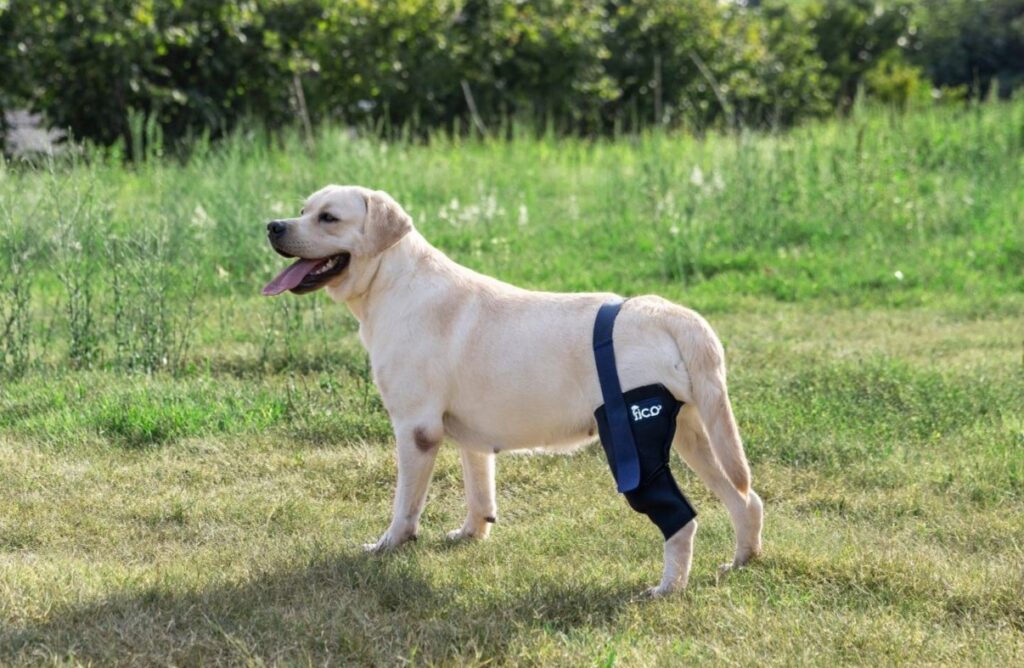
Can CCL Injuries Be Prevented?
While not all CCL injuries can be prevented, taking proactive steps can significantly reduce the risk. Maintaining a healthy weight is one of the most effective ways to prevent cruciate ligament injury in dogs. Extra weight puts unnecessary stress on the knee joints, increasing the chances of ligament strain and tearing. Feeding a balanced diet and controlling portion sizes help keep your dog at an ideal weight.
Regular low-impact exercises like swimming and controlled leash walks help strengthen the muscles around the knee joint without putting too much strain on the ligament. Avoid high-impact activities like jumping or sudden turns, especially in dogs prone to joint issues.
Joint-supporting supplements like glucosamine, chondroitin, and omega-3 fatty acids can improve cartilage health and reduce inflammation, making the ligament more resilient. These supplements are particularly beneficial for older dogs and large breeds prone to joint problems.
Recognizing early warning signs can help prevent a minor issue from becoming a full tear. Signs to watch for include occasional limping, stiffness after rest, or reluctance to jump or climb stairs. If you notice these symptoms, consulting a vet early can allow for early intervention with bracing, therapy, or medication, reducing the risk of further damage.
Final Thoughts: Supporting Your Dog Through a CCL Injury
Dealing with a CCL injury in your dog can be overwhelming, but you’re not alone. Many pet owners face this challenge, and with the right care and support, your dog can recover and regain a happy, active life. It’s important to remember that healing takes time and patience. Your dog relies on you for comfort and guidance during this process, and with proper management, their long-term quality of life can remain excellent.
With consistent care, including weight management, physical therapy, and possibly surgical or non-surgical treatment, most dogs can return to normal activity levels. Orthopedic braces, like those from Fico, can be a game-changer during recovery and beyond. Fico braces provide joint stability, reduce strain on the ligament, and support natural movement, helping your dog feel more comfortable and confident.
If you’re uncertain about the best course of action, consult your vet for guidance. Every dog’s situation is unique, and a tailored recovery plan can make all the difference. Explore Fico’s range of orthopaedic solutions to give your dog the support they need. With your love and care, your dog can bounce back stronger and enjoy a happy, pain-free life.
